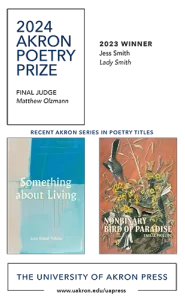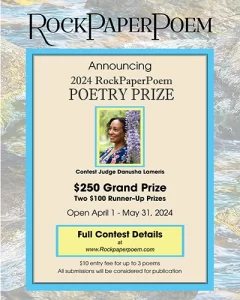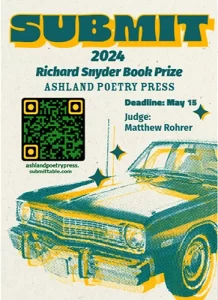The Sewanee Review – Winter 2009
Volume 117 Number 1
Winter 2009
Quarterly
Sima Rabinowitz
Only three writers have ever published plays in The Sewanee Review, including William Hoffman, whose drama in this issue, “The Spirit in Me,” based on a story of the same title, appeared in the Review twenty-five years ago. The play takes place in a southern West Virginia coal town (Hoffman’s father, incidentally, owned a coal mine) in the sweltering summer of 1936 and is an exploration of race and class issues which unfold inside the framework of a love story, shaped by the strong arm of the law and the church. The dialogue is fast-paced, despite the sluggish, heavy heat, and the voices clear and true and particular. It’s easy to imagine a production of this short play, with its spicy, clipped dialogue, finely etched characters, enormous imaginative opportunities for a set, and historical importance.
Only three writers have ever published plays in The Sewanee Review, including William Hoffman, whose drama in this issue, “The Spirit in Me,” based on a story of the same title, appeared in the Review twenty-five years ago. The play takes place in a southern West Virginia coal town (Hoffman’s father, incidentally, owned a coal mine) in the sweltering summer of 1936 and is an exploration of race and class issues which unfold inside the framework of a love story, shaped by the strong arm of the law and the church. The dialogue is fast-paced, despite the sluggish, heavy heat, and the voices clear and true and particular. It’s easy to imagine a production of this short play, with its spicy, clipped dialogue, finely etched characters, enormous imaginative opportunities for a set, and historical importance.
In fact, the drama sets the tone for the whole issue – pieces richly grounded in the particulars of place and time. “Chaos and Harmony,” a series of poems by Robert Phillips, for example, with its sharply observed “Four Seasons” (“Slow as the rhetoric of Warren G. Harding, / summer staggers to its knees, stunned / as a poleaxed steer at slaughter”); and Robert McDowell’s “Talking with the Dead” (“Morning. Ocean rain and fog. / I wake uneasy in the Gold Beach motel, / …On this day a year ago you packed / Your gentle manner and disarming clarity . . . And crossed over, leaving the phone dead”); and B.H. Fairchild’s “Nathan Gold” from “City Voices and Scenes” – “9/14/01. So, Sollie, here I am again, old man, / zeyde, now. You’re gone ten years, but it’s your birthday,” the poem begins.
A series of essays about friendship by Sam Pickering, Earl Rovit, Richard Stern, and James L. W. West III in a segment titled “Such Friends,” are equally rooted in specific times and places – a ship bound for Inchon, Korea in 1945, the Piazza San Marco in 1963, the 1960’s literary community that spawned a friendship between William Styron and Ralph Ellison – despite their larger philosophical and sociological implications. These are smart essays from accomplished elder statesmen of the form.
This issue’s “The State of Letters” feature is especially appealing, with a spry essay “Beyond Resignation” by Elizabeth Moulton, who bemoans her age and dazzles us, nonetheless, with her mental acuity, despite, or perhaps because of her eighty-two years. Hilary Masters’s “The End of Something” (a title borrowed from Hemingway) is a lovely personal essay about memory/memories. If this issue truly represents the state of letters in American writing, we are in darn good shape.
[www.sewanee.edu/sewanee_review]




